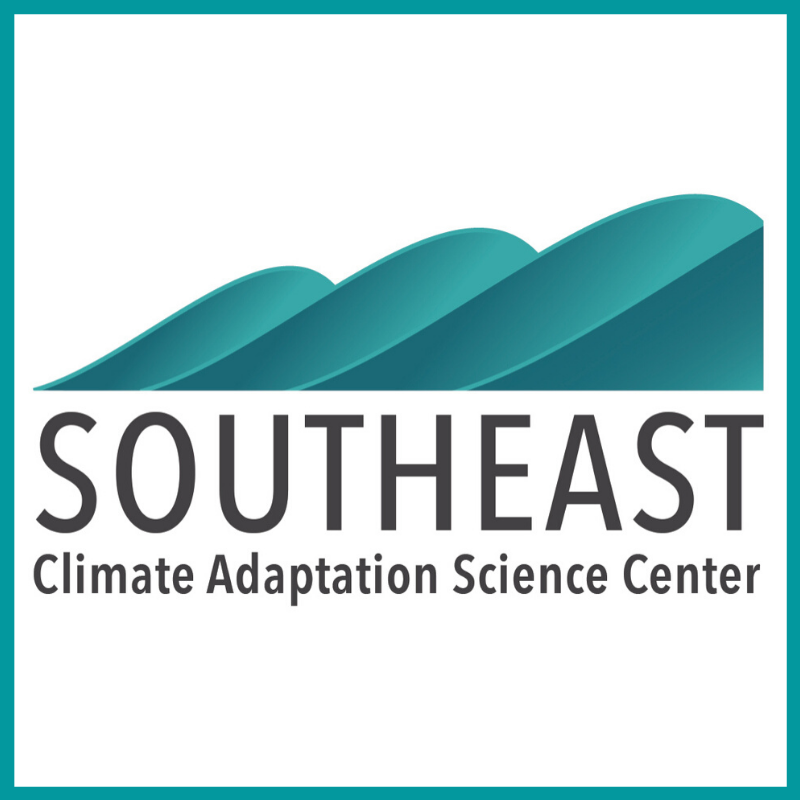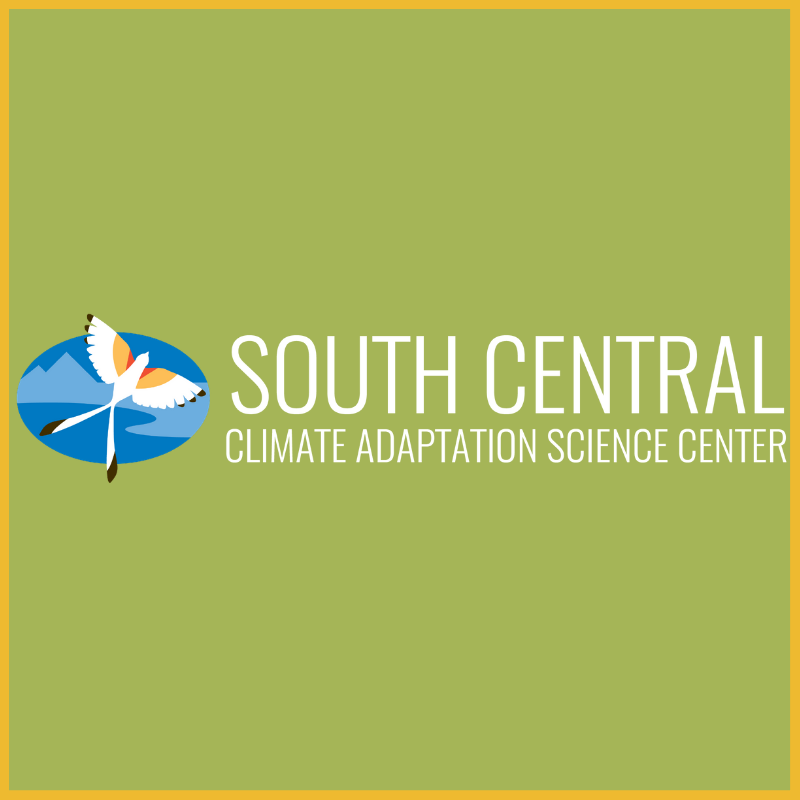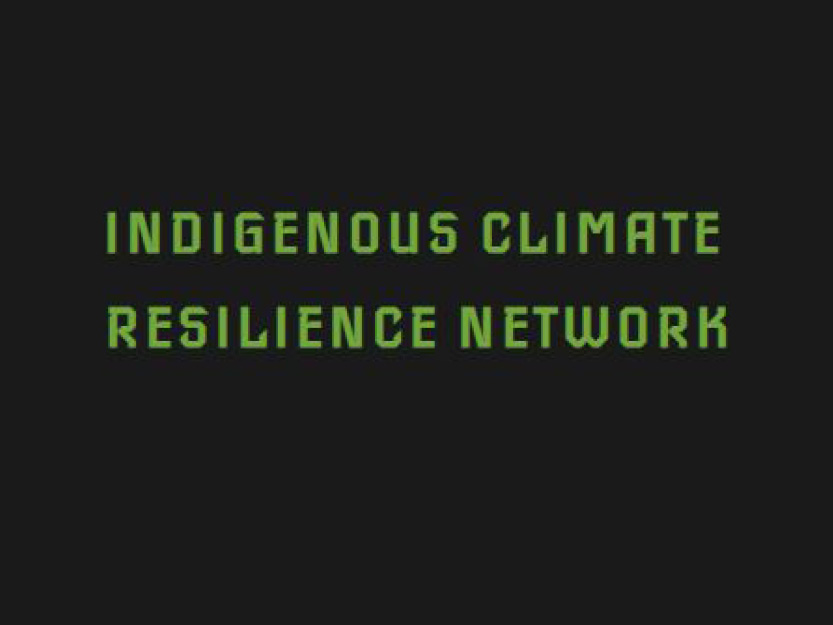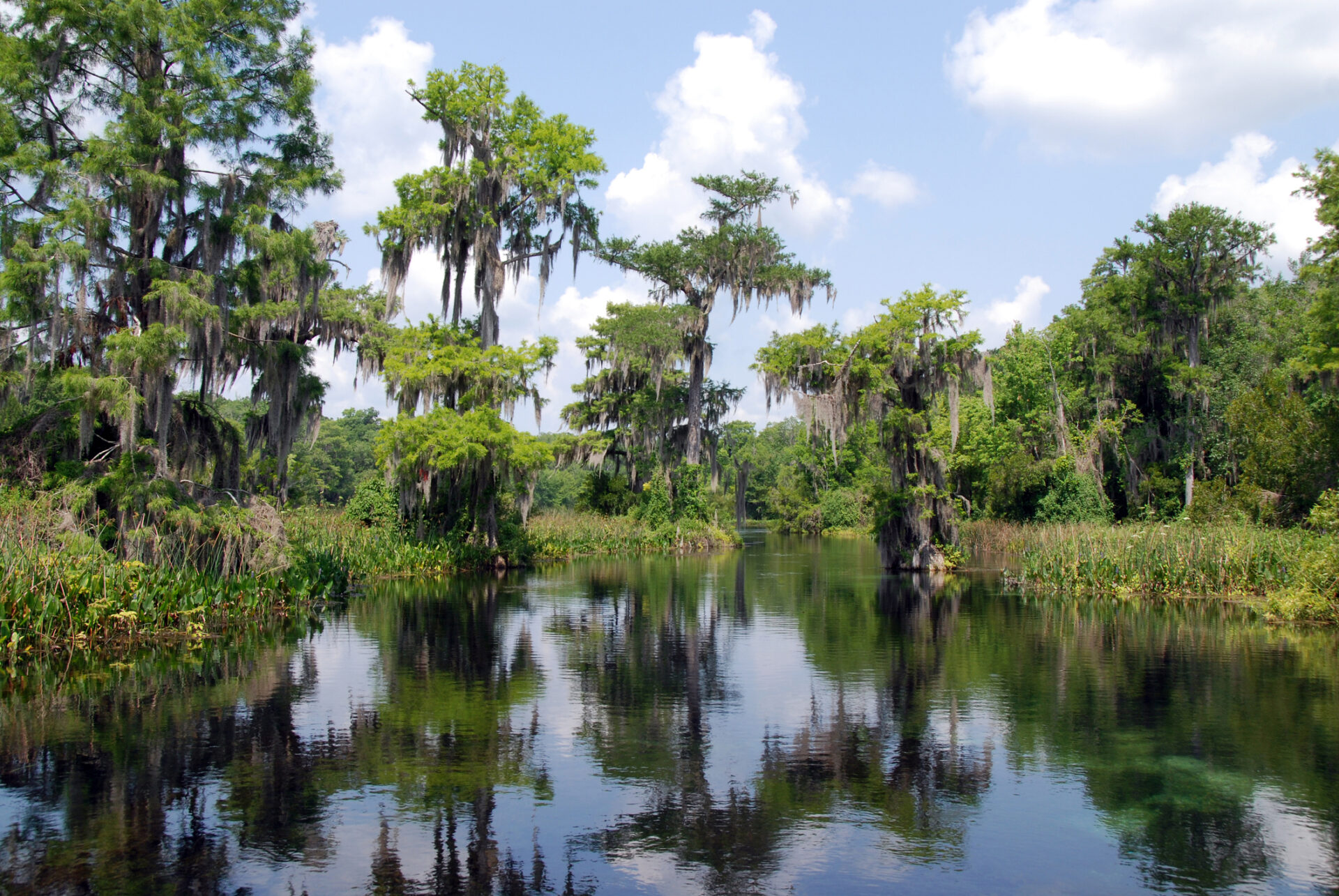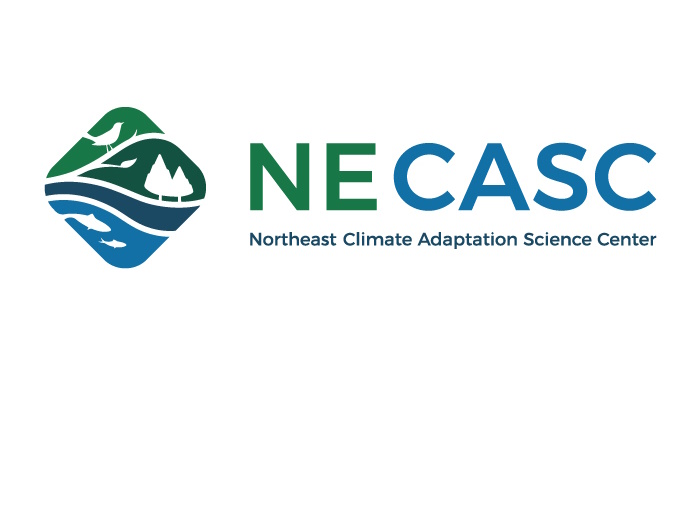
Introduction
Created in 2017, the USET Community Resilience Program assists Tribal Nations with community resilience planning. Through the OERM staff, this program also connects Tribal Nations with resources at regional Climate Adaptation Science Centers and other partners to support Tribal adaptation planning and resiliency.
Virginia Invasive Species Management Plan 2011
The scope of the Plan covers all invasive species, both terrestrial and aquatic, from microbe to mammals, in Virginia. The purpose of the Plan is to provide a framework for state agency action to minimize economic, environmental, and human harm from invasive species by acting on the seven goals…
Virginia Department of Forestry: Forest Health Review 2020
This report is put together by the Virginia Department of Forestry and highlights the most recent happenings in forest health throughout the state. Access the Resource
USGS Invasive Species Habitat Tool (INHABIT)
Before we can project range shifts with climate change, it’s important that we understand invasive species’ current distributions and potential to spread, given today’s climate. While distribution maps for individual invasive plants exist, they tend to be inconsistent in the sources of occurrence data, modeling processes, spatial resolution, and…
USGS Earth Explorer
The EarthExplorer (EE) user interface is an online search, discovery, and ordering tool developed by the United States Geological Survey (USGS). EE supports the searching of satellite, aircraft, and other remote sensing inventories through interactive and textual-based query capabilities. Registered users of EE have access to more features than…
USFS/NIACS Adaptation Menu
The second edition of Forest Adaptation Resources: Climate Change Tools and Approaches for Land Managers, like its predecessor, is intended to provide perspective, information, and tools to land managers considering how to adapt forest ecosystems to a changing climate. Adaptation strategy concepts and information can be found on page…
USFS Forest Vegetation Simulator Online
Modeling the Forest: The Forest Vegetation Simulator (FVS) is a forest growth simulation model. It simulates forest vegetation change in response to natural succession, disturbances, and management. It recognizes all major tree species and can simulate nearly any type of management or disturbance at any time during the simulation.…
USET Webinar: Saltwater Intrusion – Concerns and Solutions
On December 9, 2021, USET hosted a webinar on the impacts and potential resiliency solutions to saltwater intrusion in coastal landscapes. Two presenters shared information during the webinar: Stacy Myers, Senior Scientist and Liaison, Heritage and Environment Resources Office, Seminole Tribe of FloridaChristopher Miller, Cape May Plant Materials Center…
